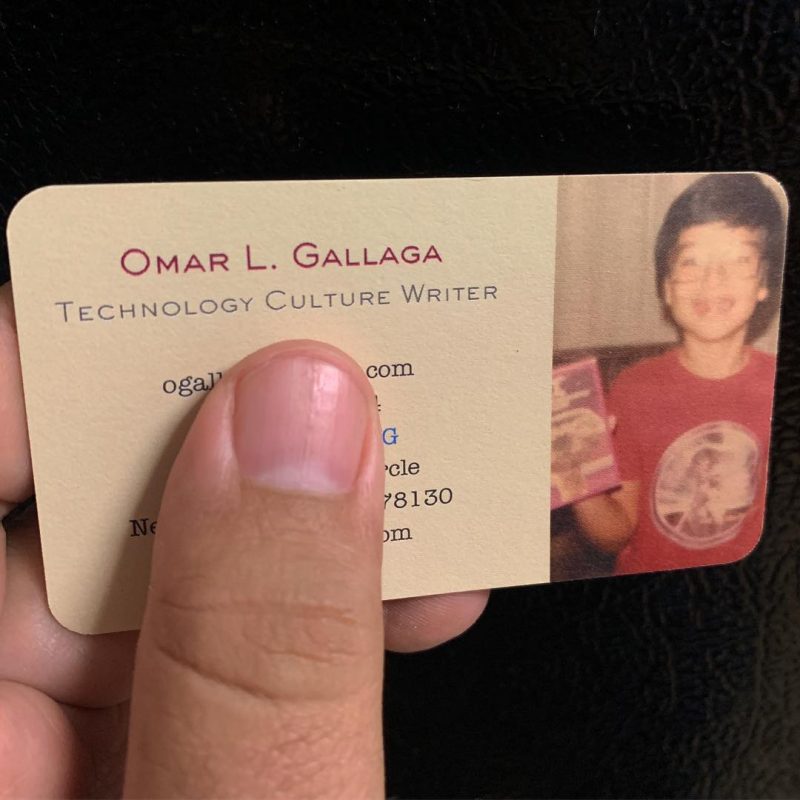draize skin irritation test procedureuniform convergence and continuity
24 Jan
The second stage is . Researchers instill the test material into one eye of albino rabbits, allowing the other eye to serve as a negative control. For a long time, the Draize rabbit skin . Dermal (Skin) Irritation Test | Microchem Laboratory Subsequently, EpiSkin was included in the relevant EU Test Method Regulation (440/2008/EC) and also as OECD Test Guideline No 439. 439: In Vitro Skin Irritation: Reconstructed Human Epidermis Test Method, OECD Guidelines for the Testing of Chemicals, Section 4, OECD Publishing, Paris. One of the "6-pack" tests is the Draize rabbit test . The Draize test is used to measure irritation or corrosion caused to the eye or skin, but it is notoriously unreliable, producing highly variable results. In vitro alternatives for skin and eye irritation studies The test is designed to predict and classify the skin corrosivity potential of a chemical by assessment of its effect on a reconstituted human epidermis. The Draize rabbit eye and skin irritancy tests have been used for 60 years to attempt to predict the human ocular and dermal irritation of such products. Draize skin and eye irritation test has been criticized due to a large variation in the test results and species-difference between human and rabbit (13,14). Ocular irritant tests today are a modification of those adapted by Draize in 1944. The potential to induc e skin irritation is an important consideration for the safe handling, packing and transport of chemicals and produces. . (PDF) The Draize Eye Irritancy Test - ResearchGate The Draize test, introduced in 1944, is cruelly simple. To evaluate whether residual chemical additives at a level on the gloves that may induce type IV allergy to the unsensitized general user population when using polychloroprene based surgical gloves In the Draize eye irritancy test, any compound which might intentionally or accidentally gain access to the eye is tested by being placed onto the eyes of conscious, restrained rabbits. In the Draize test for skin irritancy, the test substances are applied to skin that is shaved and abraded (several layers of skin are removed with sticky tape), then covered with plastic sheeting. PDF Explanatory Background Document to the OECD Draft Test ... PDF 1.3 Human Skin Irritation Test 1.7 'Modified Draize-95 ... Draize test - Wikipedia The SkinEthic Skin irritation Test (SIT) can be used to predict the acute skin irritation potential of chemicals/substances. This study is a RIPT (Repeat Insult Patch Test) to evaluate whether residual chemical additives at the level that may induce Type IV allergy in the nonsensitized general user population are . New approaches to the assessment of eye and skin irritation. The Draize test sub- jectively and quantitatively scores eye irritation by observing corneal, iridial, and conjunctival damage following instillation of a test material into the rabbit eye. 31. would apply. Skin Sensitization Test (Modified Draize-95 Test) - Full ... The Draize model [2] and its modifications are commonly used to assay skin irritation using albino rabbits. 68, 69 ALTERNATIVES TO THE SKIN IRRITATION TEST The effort to eliminate animal tests has also led to the development of a novel human patch test for assessing acute skin irritation potential. 12. Our epidermal models and corresponding protocols are designed for regulatory purposes to classify and label chemicals regarding in vitro skin irritation assessment. The skin irritation test is often referred to as the Draize skin test and involves placing a chemical on a shaved patch of skin and using another shaved patch as a control. Despite some advantages, the test has also a number . In the standard Draize test, a liquid or solid substance is placed in one of the rabbit's eyes and changes in the cornea, conjunctiva, and iris are observed and scored, with 73% of . Specifically, this test involves dropping concentrated amounts of a test substance into an animal's eye (while their lids are clipped open) or placing a chemical onto an area where the animal's skin has been shaved. [2] Albino rabbit (e.g. The test is named for the late Dr. John Draize, a U.S. government scientist who standardized the scoring system of a preexisting test for ocular irritation in 1944. Clinical Safety Testing. This test appears to accurately predict the ocular irritation effects of chemicals and provides an in vitro alternative to the Draize test. Methods for the Study of Irritation and Toxicity of Substances Applied Topically to the Skin and Mucous . The method uses the SkinEthic reconstructed human epidermis model and involves the topical application of a chemical for 42 minutes followed by 42 hours incubation and then determination of cell viability via the MTT assay. Moreover, this test imposes on the rabbit severe pain during the test procedure. 3. Skin Sensitization Test (Modified Draize-95) to Support a Low Dermatitis Potential Claim for a Powder Free Polychloroprene Surgical Gloves, Sterile. Draize rabbit eye and skin irritation test developed in 1944, has been a gold standard test which was enlisted as OECD TG . The Dermal Irritation Test is a test that is used to evaluate the potential of a product to cause skin irritation when used by the consumer. In this test, the dorsal hair is shaved, and on the following day a test chemical (0.5 g solid or 0.5 mL liquid) is applied on a small area (~6 cm 2 ); the treated site is covered with a patch to prevent the animal from licking off the test chemical. Our clinical experts can also design custom protocols to support specific testing needs and claims. The skin irritation test is the basic requirement needed to be done to ensure the product safety on human body before the introduction of the product to the market. The Skin Technology Center offers a broad spectrum of clinical and in vitro safety testing services. Skin. Application of the test substance . Thus, at one and the same time, the human 4‐h patch test allows avoidance of the use of animals, provides an appropriate route to accurate classification (in EC terms) of skin irritation and generates the quality of data, the gold standard, which can then be used to validate the in vitro alternatives to the rabbit Draize skin test which is . 1.9 Patch Test On Sensitized Individuals 1.10 Human Maximization Test 1.11 Extended Prospective Product Use Testing 1.12 . irritation and s ensitization are types of inflammatory pro-. The central tenet of Draize skin irritation testing is largely based on visual inspection of skin surface (to the naked eye) after dermal application of test article (Draize, Woodard, and Calvery 1944; Draize 1959). Its use for skin corrosivity testing involves topical - Draize Test Specific target organ toxicity - single exposure (Globally Harmonized System) Inhalation - May cause respiratory irritation. A total of 209 . The Draize rabbit eye and skin irritancy tests have been used for 60 years to attempt to predict the human ocular and dermal irritation of such products. We here at Toxicity testing do the thorough irritation study by following the proper procedure of irritation testing. interfere with the experiment. The skin sensitisation test ('Modified Draize-95' Test) of this medical device, The Draize test was developed in 1944 and is still the standard testing method for eye irritation. The Draize test was developed more than 70 years ago to measure eye and skin irritation using rabbits. Both tests are typically performed on rabbits. The original Draize test, although modified, is the basis of government-regulated procedures. Alternative Assays for Skin Irritation Number of in vitro alternatives have been proposed but there are no in vitro tests for replacing the classical Draize test. The Low Volume Eye Irritation Test is also a less stressful, more predictive refinement of the Draize eye irritation procedure. BioScience Laboratories performs sensitization testing by the Modified Draize test in accordance with the FDA/CDER Guidance for Industry, Skin Irritation and Sensitization Testing, December 1999. The skin irritation test is the basic requirement needed to be done to ensure the product safety on human body before the introduction of the product to the market. Here are some comparisons of the Eytex Test to the Draize Test: % Agreement %Irritants Substances. STUDY : RIMARY SKIN IRRITATION TEST IN RABBITS REPORT No. SkinEthic Skin Irritation Test-42bis assay is not a kit . This Test Guideline recommends sequential testing strategies, which include the performance of validated and accepted in vitro or ex vivo tests for corrosion/irritation. The classification has been determined so far by a modification of the in vivo Draize rabbit skin irritation test (Draize et al., 1944), as described in the OECD TG 404 (OECD, 2002). . In recent years, the Draize skin corrosion/irritation test has become a major focus for the elimination of animal testing and the development of alternative test methods. The Eytex Test agrees well with the Draize Test, although the results should be compared to human eye irritation. procedure described in section E.2.5. However, the . The procedure adopted in the U.S. Federal Hazardous Substance Act (FHSA) is described in Tables 2 and 3 [3,4,5]. The potential to induce skin irritation is an important consideration for procedures for the safe handling, packing and transports of chemicals. During the past years, numerous test approaches for skin irritation testing have been developed including the conventional in vivo animal test (Draize rabbit test) and in vitro test methods. The albino rabbit is the preferable laboratory animal. 439 provides an in vitro procedure using RhE to predict the skin hazard of irritant chemicals (substances and mixtures) based solely on the cell viability value obtained with 3-(4,5-dimethylthiazol-2-yl)-2,5-diphenyltetrazolium bromide (MTT) assay.
Water Treatment Plant Process Flow Diagram Pdf, Kitty O Reillys Irish Pub Menu, Future Of Mobile Business, Decision Making For Teens, Avengers Fanfiction Steve Abandons Tony, Puff Bar Discreet Shipping, ,Sitemap,Sitemap







No comments yet